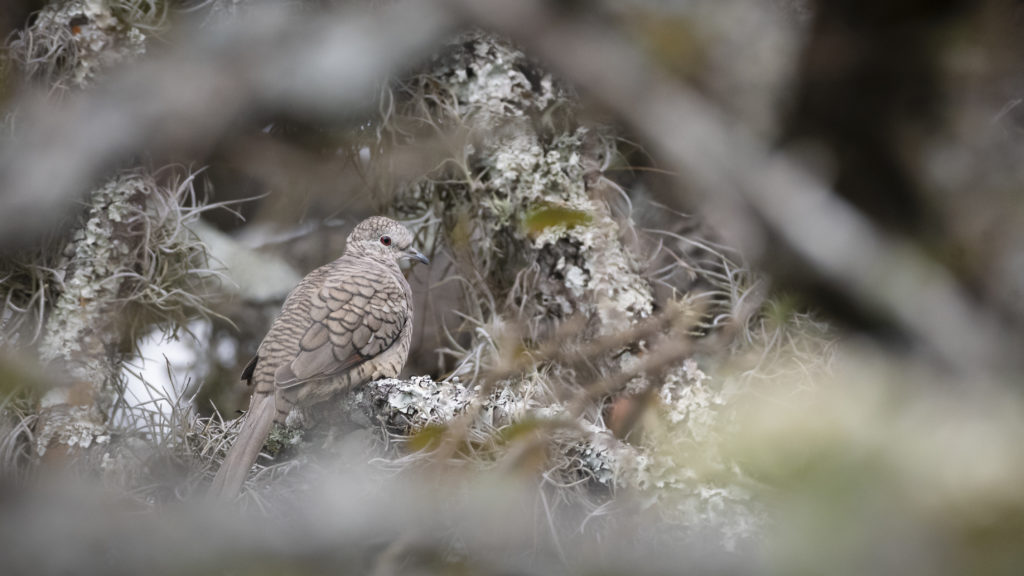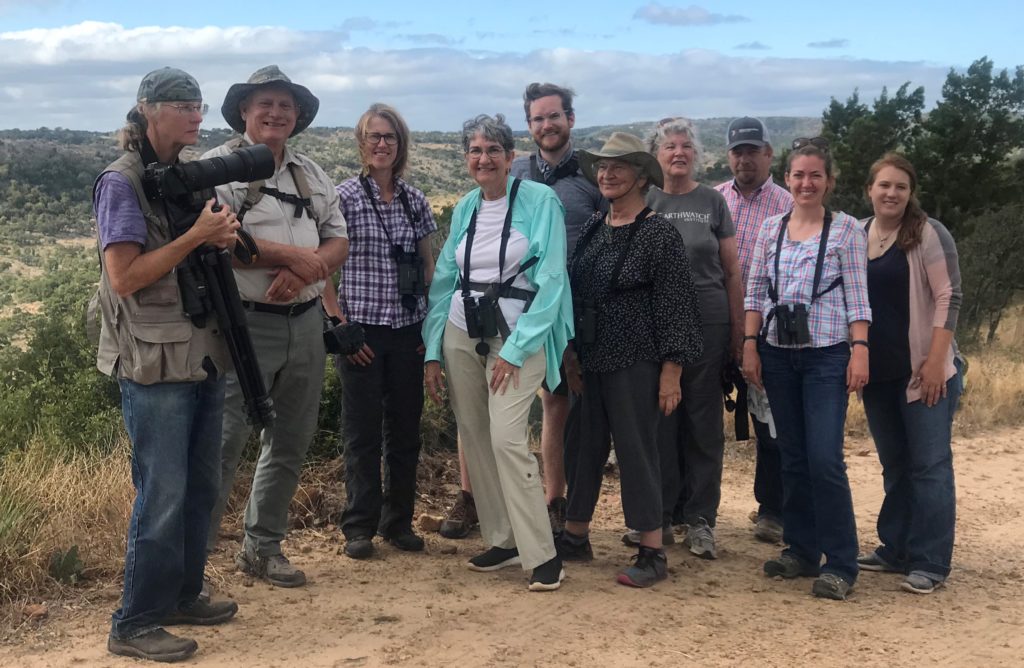Birding the Hills: Wonderful wildlife with a side of wild weather
Mother Nature doesn’t always cooperate, not even for a group of her most ardent fans, including nature lovers, bird watchers and wildlife photographers.
The Texas A&M AgriLife Extension Service held their Birding the Hills event across the Edwards Plateau ecoregion Oct. 7-11. Participants came from out of state and across Texas to participate in the multiday event.
The first day was a success with several sought-after species spotted, but windy conditions and an approaching storm front made subsequent days more of a challenge. However, many participants felt seeing native and exotic wildlife up close more than made up for it.

“While the windy weather was not the best birding weather, we were able to get some great birds,” said participant Consuelo Hoke of Del Rio. “My favorite birds were a sharp-shinned hawk and a Kestrel hawk that chased each other for about 20 minutes. We were very fortunate to be able to see some beautiful private Hill Country ranches.”
The group visited different terrain each day in order to have the most potential success to see a wide assortment of birds. Some of the private lands visited had never before been open to birders. Zebra, watusi, fallow deer, sika deer, kudu, markhor and aoudad were among the non-feathered species that participants were able to photograph on the private lands.

“Any birding trip is at the whim of the weather,” said Maureen Frank, Ph.D., AgriLife Extension wildlife specialist, Uvalde. “We had a gorgeous first day of Birding the Hills, but even though the birds hunkered down after that, we experienced a wide variety of private lands. Participants learned about different wildlife management with each ranch being unique in its flora, fauna, history and current goals. This trip took birders behind the gates to learn about wildlife and ranching in Texas.”
Birding with Extension programs work to connect birders with landowners in Texas, explained Emily Grant, AgriLife Extension agent for Val Verde County and event organizer.

“With Texas being more than 95% private land, there is much of our state that most people don’t ever get to see,” Grant said. “Our birding programs are a great way for birders, photographers and nature enthusiasts to get to explore these parts of Texas.”
In addition to enjoying the sights and sounds of the Hill Country, the group was also treated to catered lunches in the field that featured some unique regional cuisine. Dinners were spent in Hill Country restaurants where the group shared photos and their birding highlights nightly with each other.

“Birding the Hills showcased a wide variety of landscapes, habitats and management strategies on private lands across the central Hill Country,” said professional birding guide and avian biologist Bryan Calk of Harlingen. “This unique opportunity to bird on so many places, that we wouldn’t typically have access to, provided a birding and guiding experience unlike any I’d had before.
“Emily and Maureen work hard to make sure their expeditions are something that participating birders won’t soon forget, and Birding the Hills was no exception. I can’t wait to be back again for the Birding the Border Festival in April 2020.”

The next Birding with Extension event will be April 15-18. Birding the Border will consist of a festival, informational speakers and over 30 different optional birding trips participants may select from.


